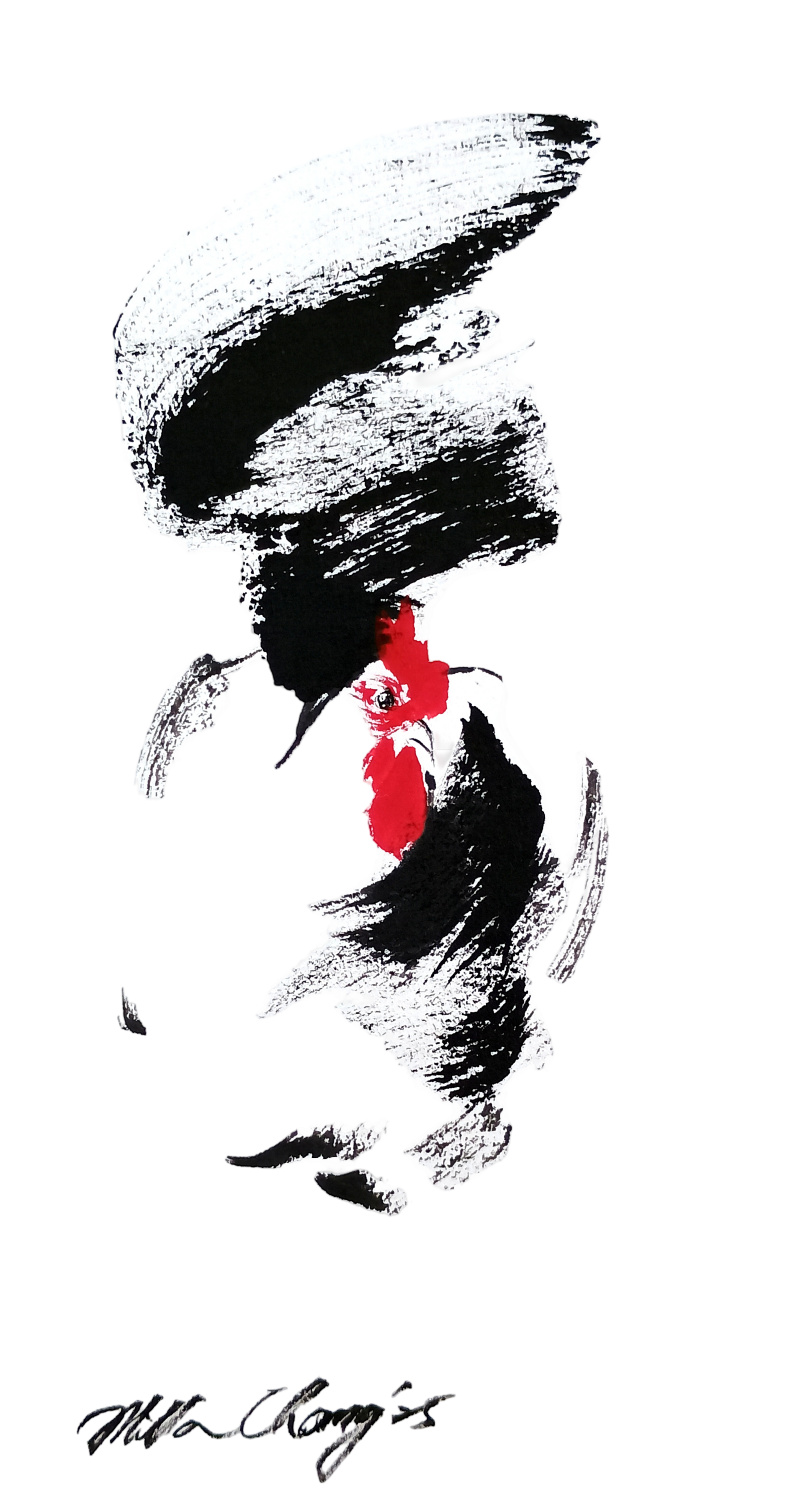Zen collections

Collection of zen paintings based in symbolic motifs aiming to reach meditative and relaxing sensations. When performing zen paintings Milla Chang intends to provide Harmony, Happiness, Serenity and also to express her Gratitude for everything in Life.
"Mindfulness paintings", "Milla's paintings make me feel relaxed" or "amazingly relaxing and beautiful" are some of most common comments of the public in exhibitions.
Find out those and others sensations by youself.
Origins of sumi-e are in China from Tang Dynasty (618-907) and later was introduced in Japan by Zen monks more than five centuries ago. Nowadays this technique has more praticants in Japan than in China.
Materials: "chinese inks" applied over "xuanzhi" paper, commonly known as rice paper.
Technique: traditional eastern brush painting.
Collection:
"POPPING THROUGH THE SEASONS OF LIFE"

Video of collection of 18 paintings on Youtube at https://youtu.be/aaURHJWnWIo
Video of performing of a painting on Youtube at https://www.youtube.com/watch?v=CG7bmMT3CnI
In the year 2024 Milla Chang presents the collection "Poppying through the Seasons of Life", where the artist using simple representation of poppies, portrays the stages through the Way - the journey of Life (道 "Dáo" in the chinese language, 道 "Michi" in japanese language). The observers are invited to participate and sublimately to feel human emotions and key moments of their Lives such as Pregnancy, Birth, Schooling, Self-affirmation, Adversity, Resilience, Harmony, Serenity, among others.
This demanding minimalist painting style and technique, named sumi-e, is mainly performed in the East and particularly linked with chinese and japanese cultural legacies.
Each brush stroke is unique and made in a continuous movement. Once a brush stroke is drawn on the rice paper it becomes irreversible, barely retouchable and impossible either to be hidden erased any more.
Click images bellow to zoom [+]